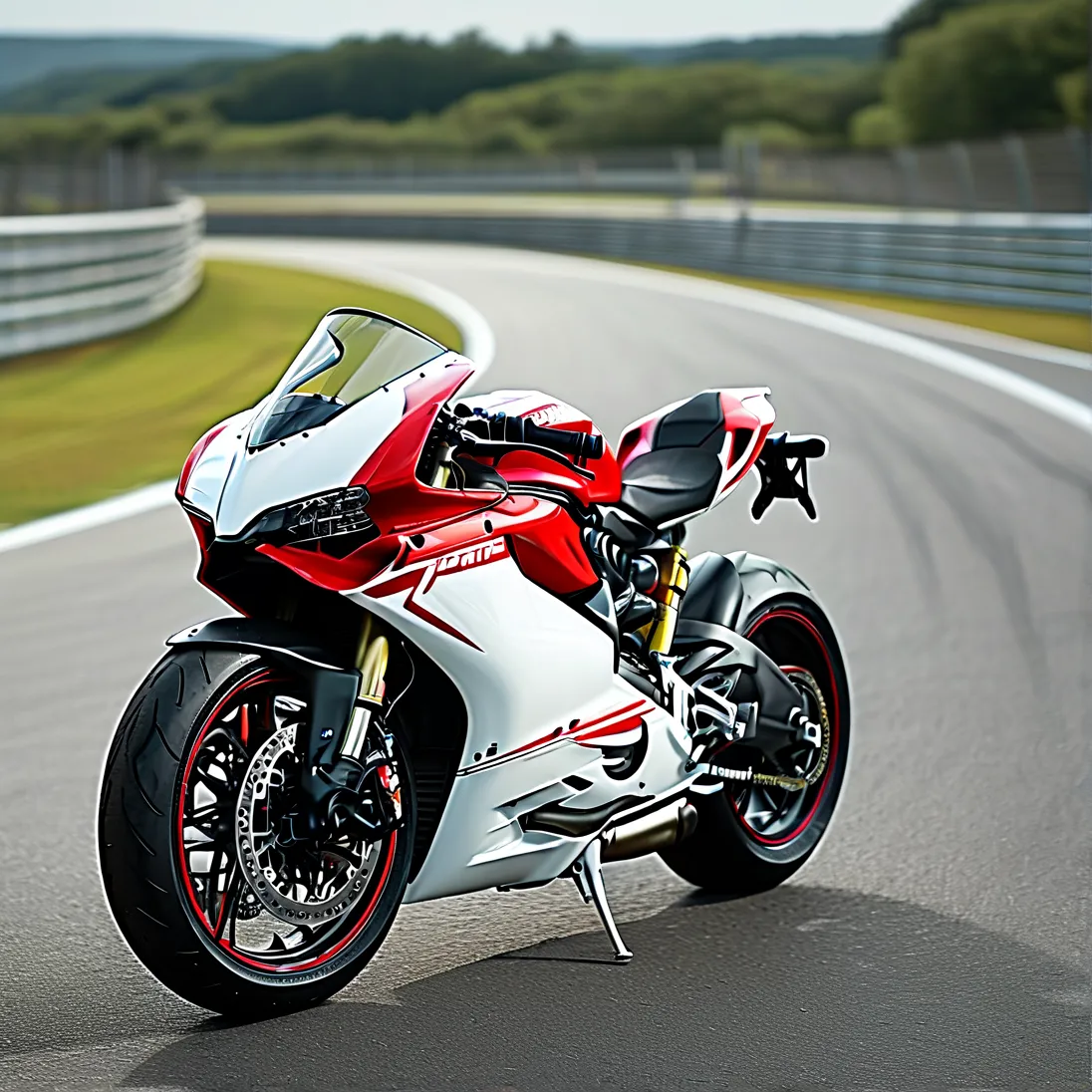When considering the Ducati Panigale 1199, you’re not just buying a motorcycle – you’re investing in Italian engineering excellence with racing DNA. First introduced in 2012, this 1,199cc L-twin superbike redefined power-to-weight ratios in its class, delivering 195 hp at 10,750 rpm while weighing just 164 kg dry. But what makes it stand out in today’s used superbike market, and how do you avoid costly pitfalls when purchasing one?
Market Value Breakdown (2023 Data)
Current price trends show well-maintained 2012-2014 models ranging between $12,000-$16,000 USD, with rare tricolor editions commanding up to $20,000. Later SP (Sport Production) variants with Öhlins suspension and forged wheels typically sell for $18,000-$24,000. Key factors affecting value:
– Mileage: Units under 8,000 miles generally retain 15-20% higher value
– Service History: Documented Desmo Service (required every 15,000 miles/$1,200-$1,800) significantly impacts resale
– Modifications: Track-focused builds with ECU flashes or exhausts may decrease value for collectors but attract enthusiasts
Critical Technical Considerations
The Panigale 1199’s 90° Superquadro engine requires specific maintenance that new buyers often overlook:
1. Valve Clearance Checks: Mandatory every 7,500 miles – average dealer cost $400-$600
2. Clutch Pack Wear: Dry clutch systems show visible wear through the clutch cover – replacement kits start at $350
3. Electronics Package: Verify functionality of Ducati Traction Control (DTC), Engine Brake Control (EBC), and Riding Modes through diagnostic scans
Racing Modifications vs. Street Legality
While the base model delivers track-ready performance, serious riders frequently upgrade:
– Suspension: Replacing stock Showa BPF forks with Öhlins NIX30 ($2,500+) improves high-speed stability
– Exhaust Systems: Termignoni racing exhausts (EPA-compliant versions available) boost torque by 8% below 6,000 rpm
– ECU Tuning: Re-flashing through Ducati Performance race ECU unlocks 204 hp but voids emissions compliance in some regions
Reliability Insights from Owner Surveys
Data from Panigale Forum (2022 survey of 287 owners) reveals:
– 23% experienced electronic sensor failures (oil pressure/temperature most common)
– 17% reported premature clutch basket wear in high-RPM use cases
– Average annual maintenance cost: $1,100 for moderate street use vs. $2,800+ for track-focused bikes
Pre-Purchase Inspection Checklist
- Frame Alignment: Check VIN stamp on steering head and engine case for consistency
- Service Records: Verify timing belt replacement schedule (every 2 years regardless of mileage)
- Test Ride Verification: Monitor for hesitation between 4,000-6,000 rpm – indicates potential throttle body sync issues
Market analysts note a 12% year-over-year appreciation for unmodified SP models since 2020, positioning the Panigale 1199 as both a riding experience and potential collector’s item. For buyers prioritizing authenticity, seek units with matching numbers between frame, engine, and original sales documentation. Always request a compression test (ideal range: 180-200 psi across both cylinders) and inspect the aluminum monocoque frame for stress cracks near the rear shock mount – a known weak point in early production models.
For current inventory analysis, cross-reference listings on Cycle Trader and Ducati-specific dealership networks. Recent data shows Florida and Texas markets offering the highest inventory turnover rates (average 14 days on market vs. national 27-day average), suggesting more competitive pricing in these regions.




Leave a Reply